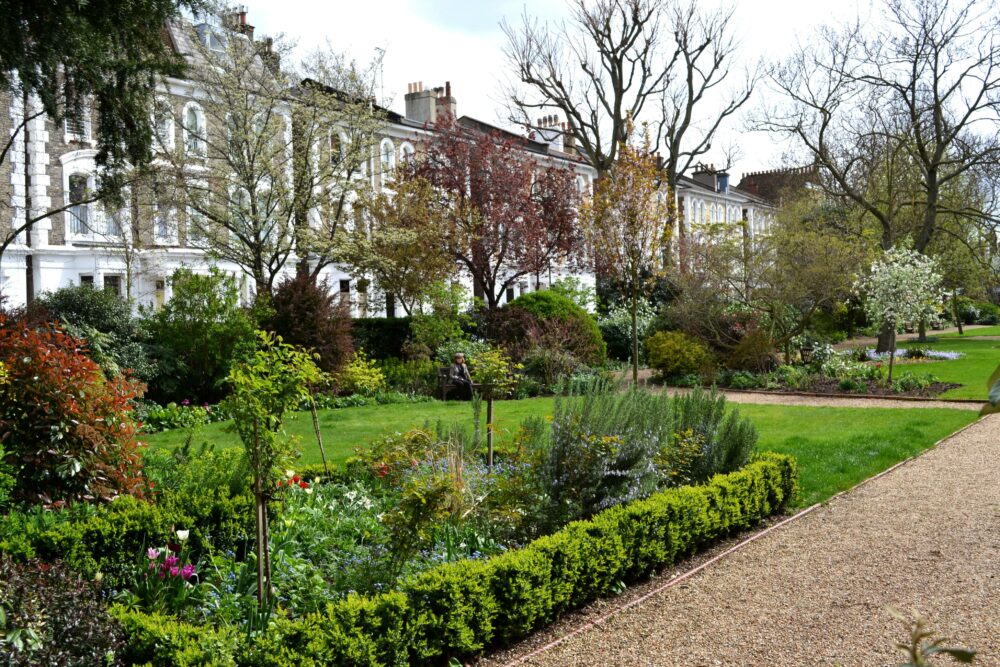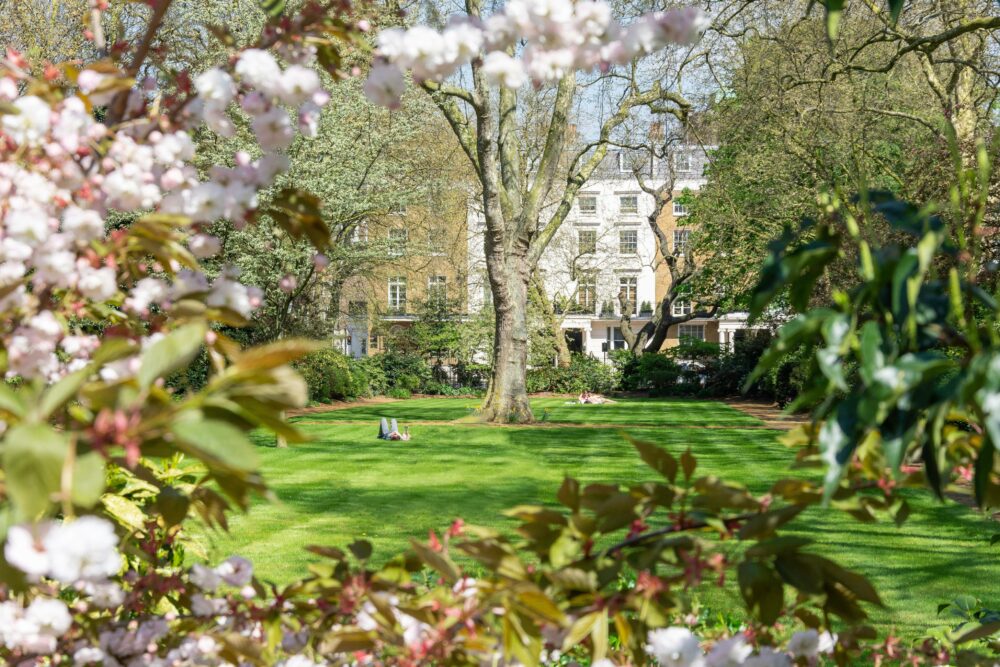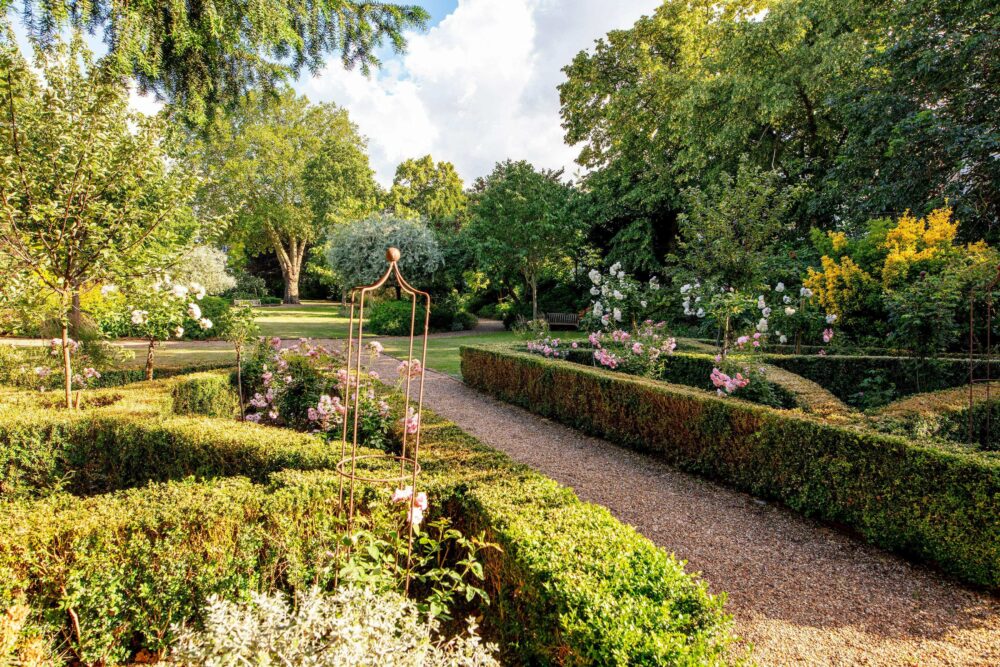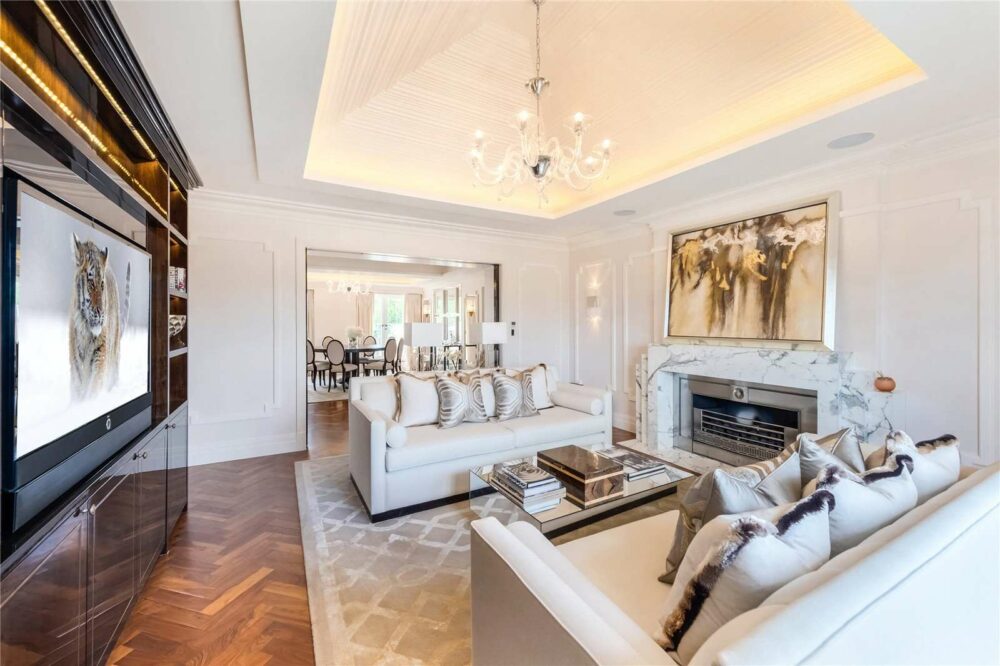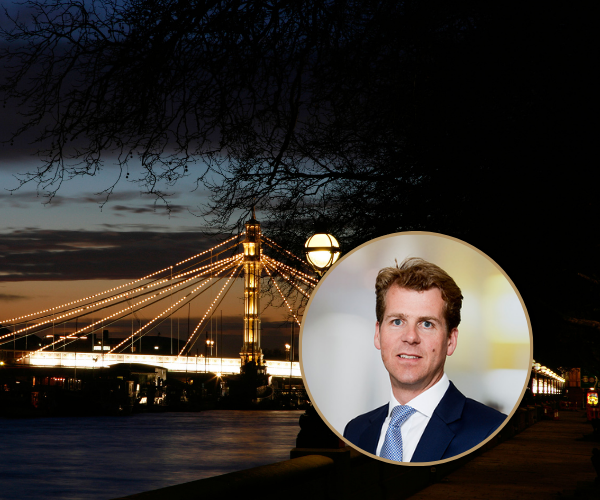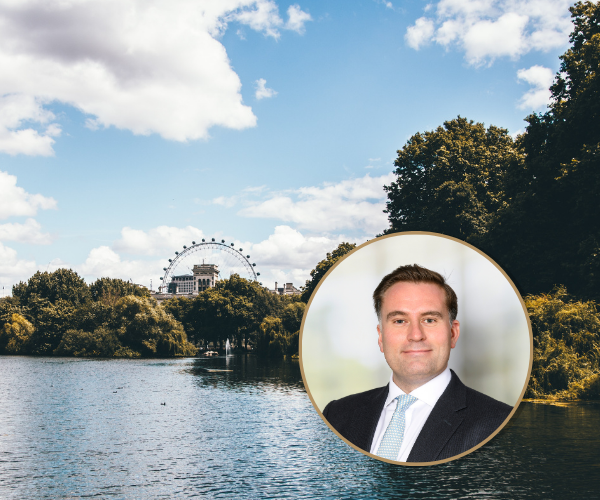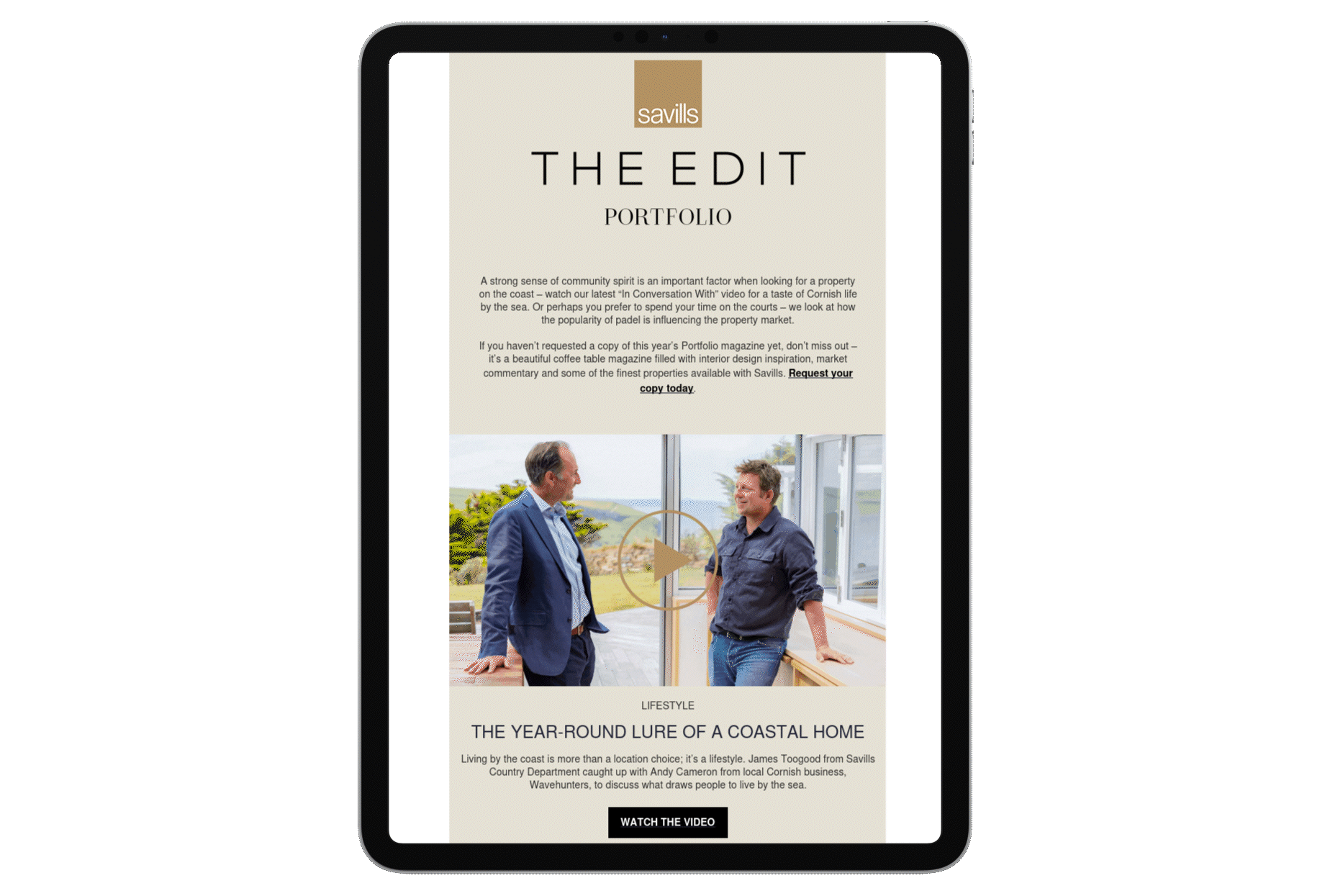Beautifully landscaped and meticulously maintained, London’s private garden squares might just be the capital’s best-kept secret – albeit one that’s hiding in plain sight. Walk around the residential streets of Notting Hill, Knightsbridge or Chelsea and there they are, enclosed by iron railings and surrounded by elegant period homes, an oasis in the heart of the city. To unlock the gate to these secret gardens, however, requires a key – available only to those fortunate enough to live on the square.
“Private garden squares are unique to London, a cherished part of its heritage and valued by residents for the way they unite the community,” says Charlie Williams, associate director, Savills Chelsea. “They bring a touch of the countryside to the city, a haven from the bustle of London life, somewhere to sit and read the newspaper, and for the children to let off steam.”
Sought-after locations in Chelsea include the Grade II listed Georgian townhouses on Carlyle Square, once home to the TV personality David Frost, who hosted summer parties in the gardens. The premium for a house here, and on neighbouring Paultons Square, is 8%-12% above average property prices in the area, says Williams. Larger homes on Carlyle Square start at about £8 million.
London’s garden squares were developed predominantly in the 18th and 19th centuries, with master builder Thomas Cubitt leading the charge. He constructed many of the elegant Regency terraces on the Duke of Westminster’s Belgravia estate, mapping out landscape designs for garden squares and even establishing nurseries for the plants. Cubitt’s handiwork can still be seen in two of Belgravia’s most desirable addresses: Eaton Square and Chester Square. Properties there give owners the right to a prized garden key for an annual fee of about £500.


